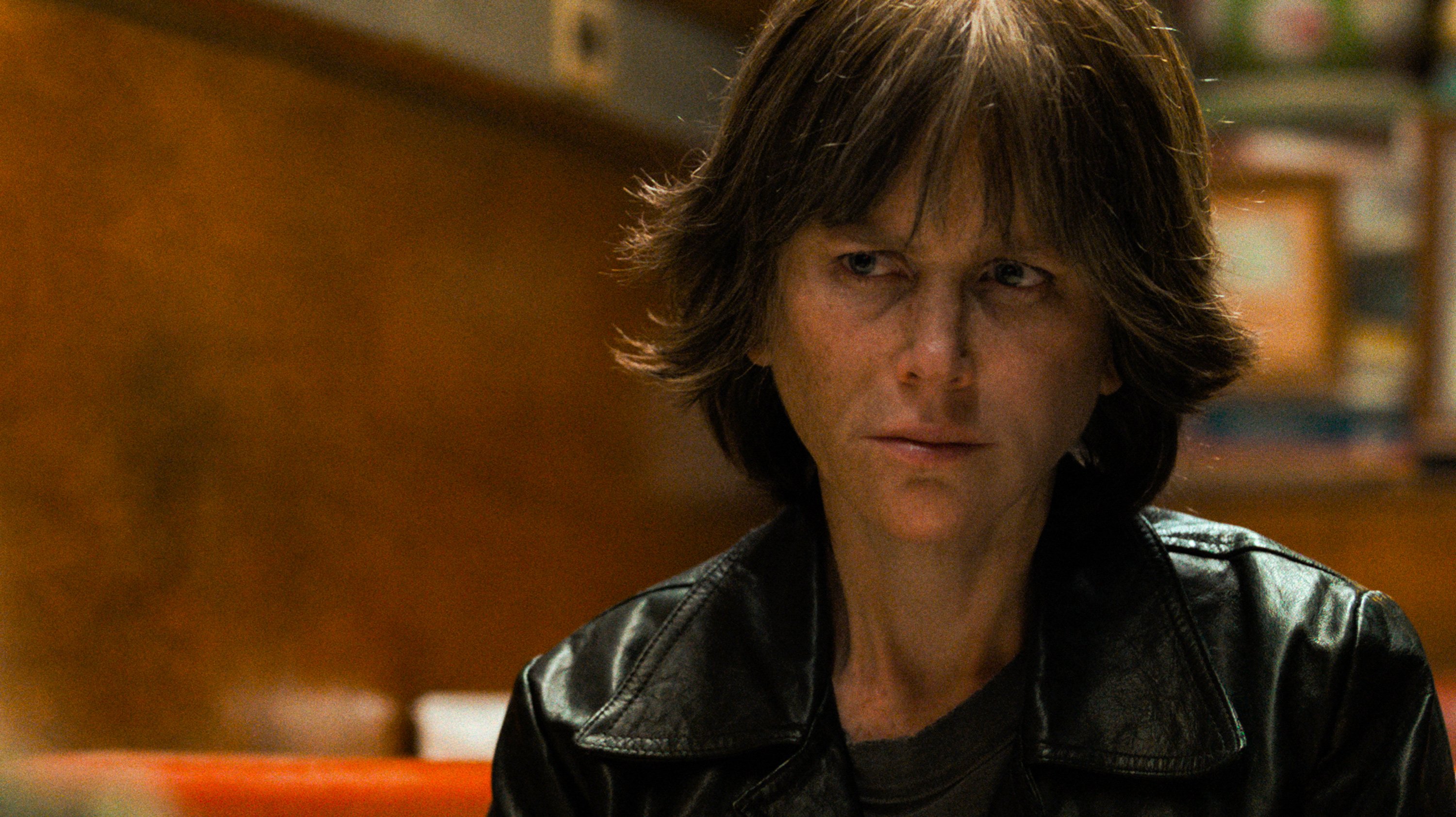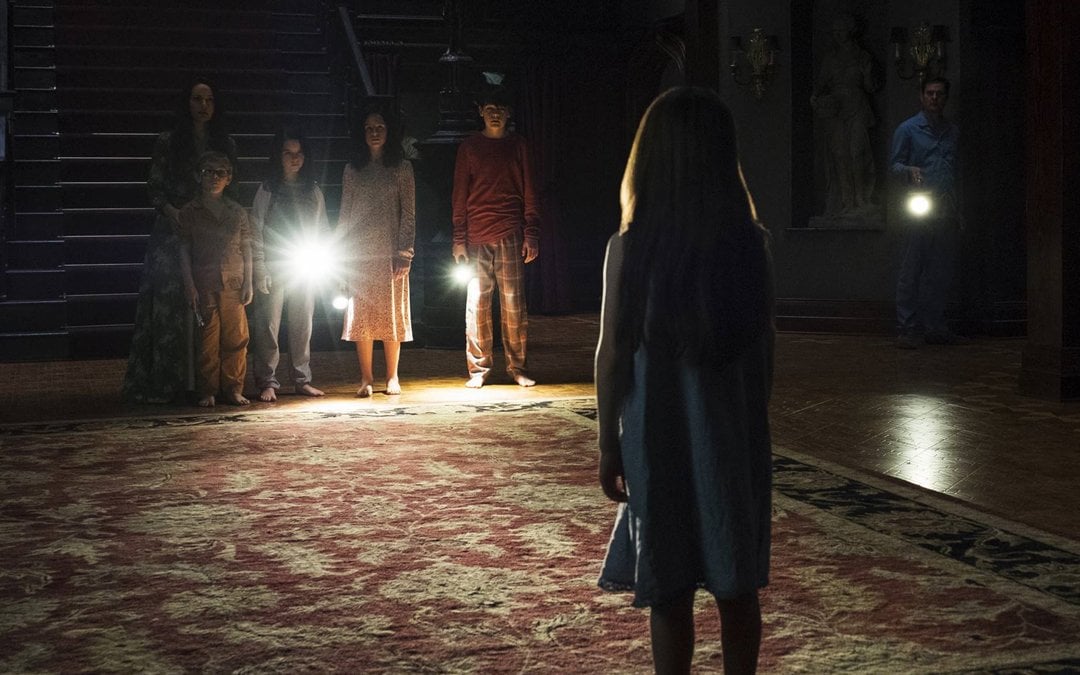All The Write Moves: 'Veronica Mars'
August 12, 2019
By this point, it’s not bold to describe Veronica Mars as one of Hollywood’s most indestructible franchises. After debuting as a regular series on UPN, where it ran from 2004 to 2005, the show transitioned to the CW for the 2006-2007 season, then returned years later as a 2014 feature film funded almost entirely by fan donations on Kickstarter. Although another return performance by Kristen Bell as Southern California private investigator Veronica Mars was not inevitable, Hulu dropped an eight-episode fourth season earlier this summer.
The latest iteration of Veronica Mars takes the franchise to new places, above and beyond the transition from cable to streaming. Whereas early seasons depicted the title character’s adventures as a high school student who solves crimes in her spare time, the Hulu version of Veronica is a grown woman working as a full partner with her father, private investigator Keith Mars (played by Enrico Colantoni). Moreover, the conclusion of the new season severs one of the strongest ties connecting Veronica to the life she led during adolescence.
Given the longevity of this franchise, instead of focusing generally on storytelling techniques that series creator Rob Thomas and his writers have used since the inception of Veronica Mars, this piece will focus on powerful storytelling tools used specifically to energize the current season. Spoilers about that aforementioned conclusion will be studiously avoided.
The X-factor
Since Veronica Mars is structurally a whodunnit show, it should come as no surprise that one of Thomas’ gifts is the ability to use character development as misdirection. (The same could be said of any other top shelf mystery writer.) In the new season of Veronica Mars, the first episode introduces various characters, all of whom have some connection to the principal crime running through the eight-episode arc, which is a series of bombings in Veronica’s (fictional) hometown of Neptune, California.
Of special interest is pizza delivery guy Penn Epner (played by Patton Oswalt). He is the quintessential X-factor character in a mystery storyline, which is to say that from episode to episode, it’s difficult to identify what role he serves in the narrative. Initially, he is a key witness to a crime. Then, once we discover that he belongs to a group of amateur sleuths (read: conspiracy theorists), it becomes clear that he’s actually a troublemaker whose irresponsible public remarks complicate the work of investigators. Later still, his character gains even more resonant dimensions.
To understand why these structural considerations matter, imagine the opposite sort of character — a person who seems guilty the first time he or she appears, continues to seem guilty in subsequent appearances, and in fact turns out to be guilty. Boring! The Penn character personifies the act of misdirection, but because Thomas and his writers are conscientious storytellers, all of the seemingly contradictory aspects of Penn’s character pay off in the end.
In a well-constructed mystery like the current season of Veronica Mars, multiple characters provide misdirection — even though once the whole puzzle is solved, viewers realize that the clues they needed to solve the puzzle were hidden in plain sight all along.
Takeaway: The narrative function of characters in mysteries changes repeatedly as the story grows in complexity.
Under pressure
From its earliest episodes, Veronica Mars has situated its title character as an underdog. That continues during the current season in various ways, and one of the most effective such narrative maneuvers involves establishing that Mars Investigations, the firm operated by Keith and Veronica, is under serious financial pressure. Although Thomas and his collaborators are perfectly capable of creating lighthearted moments, the franchise tends to work best when the situation facing Veronica and her loved ones is dire.
At the beginning of the new season, Veronica discovers that Keith has developed memory problems, which threatens their livelihood. Additionally, Mars Investigations tends to get low-paying cases in part because of baggage Keith carries from his controversial tenure, many years ago, as Neptune’s chief of police. Given these and other circumstances, Keith and Veronica always maintain a close watch on their bank account. This is one tool that Thomas and his writers use to place the franchise’s protagonists under permanent existential threat.
While many television shows deliberately exist in a fantasy world without financial pressures, series like Veronica Mars generate audience empathy, in part, by presenting characters with the sort of mundane problems that normal viewers face. Oddly, however, that doesn’t mean that Veronica Mars is a realistic show, per se. The series’ rat-a-tat dialogue, soap opera-style subplots, and exaggerated characterizations are all decidedly stylized. This reveals that clever writers can have it both ways — a show can be fantastical in some respects and grounded in others.
Thomas baked a combination of fantastical and grounded elements into the DNA of Veronica Mars from the first episode, so his ongoing challenge is to stay on brand, rather than veering too far into fantasy or too far into glum realism. So long as Thomas stays true to the unique vibe fans have come to associate with Veronica Mars, then marshmallows — as the show’s most ardent followers are known — will go with him to nearly any place his imagination wanders.
Takeaway: Balanced carefully, fantasy and realism can coexist.
Flaw and order
Another of Thomas’ effective tropes involves Veronica’s imperfection. Throughout the franchise, she makes mistakes — often catastrophic ones — when her passion for justice clouds her reason. She lights onto suspects because their actions trigger her past traumas, and she allows herself to become convinced of those suspects’ guilt even if contravening evidence exists. Similarly, Veronica makes occasional choices in her personal life that are foolish, bordering on self-destructive. Writ large, she’s clever and righteous and smart, but her flaws are an important part of why she’s such a compelling character.
In the new season, one of Veronica’s problem areas is her on-again/off-again romantic relationship with Logan Echolls (played by Jason Dohring). Despite their long and turbulent history, when last we saw the characters, they had become a proper couple, so when the new season begins, they live together even though Logan, who is in the military, frequently deploys overseas. Tension emerges in their relationship from an unlikely source, because Veronica gets fidgety about Logan being too well-behaved. In the past, he was combative and volatile, but in the fourth season, he’s a model of stability thanks to therapy. Veronica barely recognizes the new Logan, and she isn’t sure the new Logan excites her as much as the dangerous old Logan once excited her.
This is thorny stuff, and it’s typical of the deft character development that Thomas has brought to Veronica Mars since its earliest days. A more simplistic storyteller would present Logan as a wholly external problem — meaning that relationship troubles would emanate entirely from Logan’s bad behavior. Instead, Thomas presents Logan in the new season as an internal problem for Veronica. Given her resistance to a partner who is acting in a nearly ideal manner, Veronica must wrestle with the question of why she’s addicted to drama. Has she been denied happiness so long that happiness is no longer what she wants?
When developing characters, and specifically when contriving believable weaknesses for characters, don’t be afraid to go to dark places, as Thomas did, so long as those places fit the overall world of your story. A character with a problem that is easy to solve belongs in a simple story — but a character with a problem that may not have a solution fits right into a complex story.
Takeaway: The more troubling a character’s flaws, the more drama results from exploring those flaws.
Written by: Peter Hanson
Peter Hanson is a Los Angeles-based writer, filmmaker and teacher. He directed the screenwriting documentary Tales from the Script, and he teaches at Pepperdine University and UCLA Extension. He provides script consulting at www.GrandRiverFilms.com.



